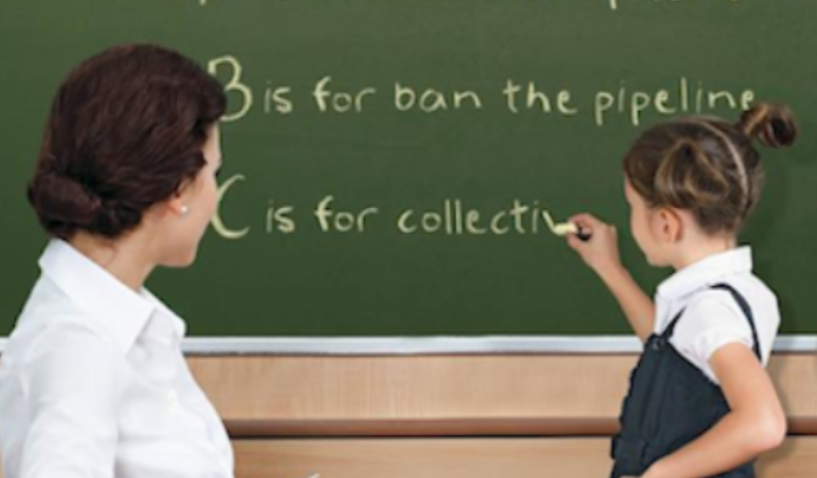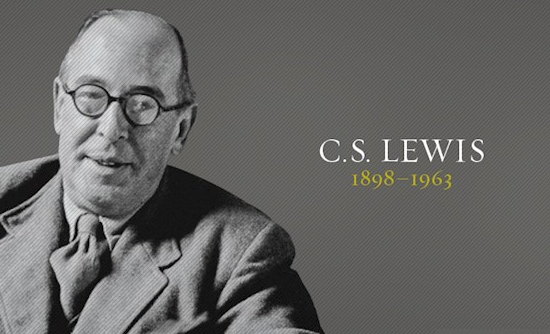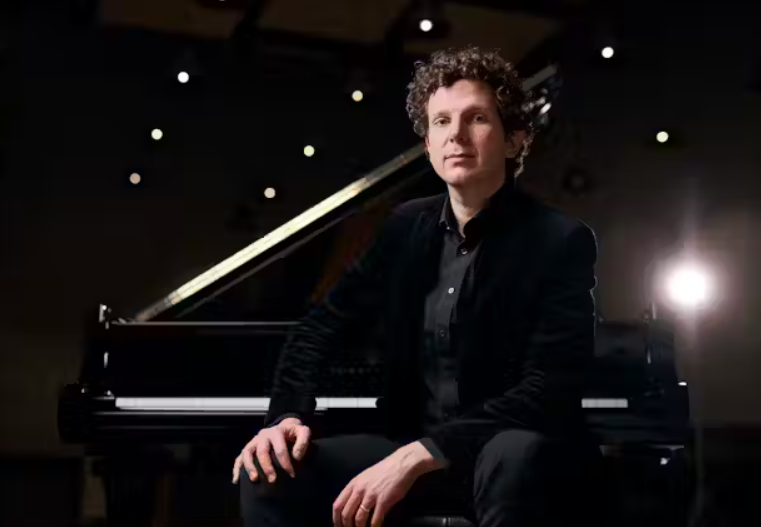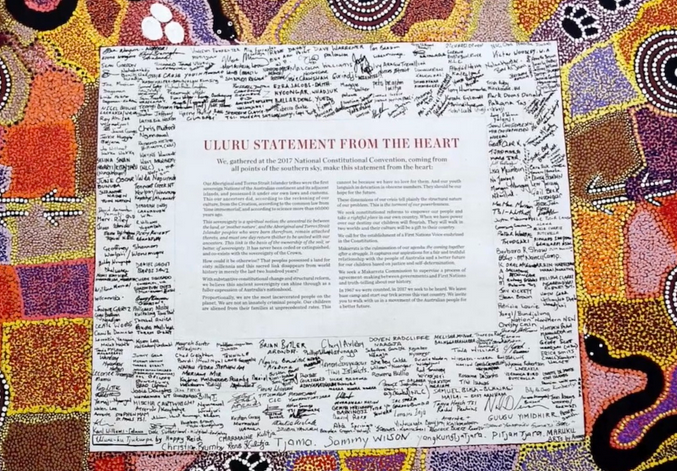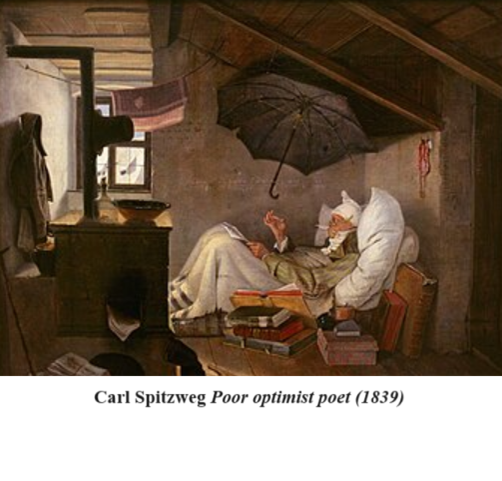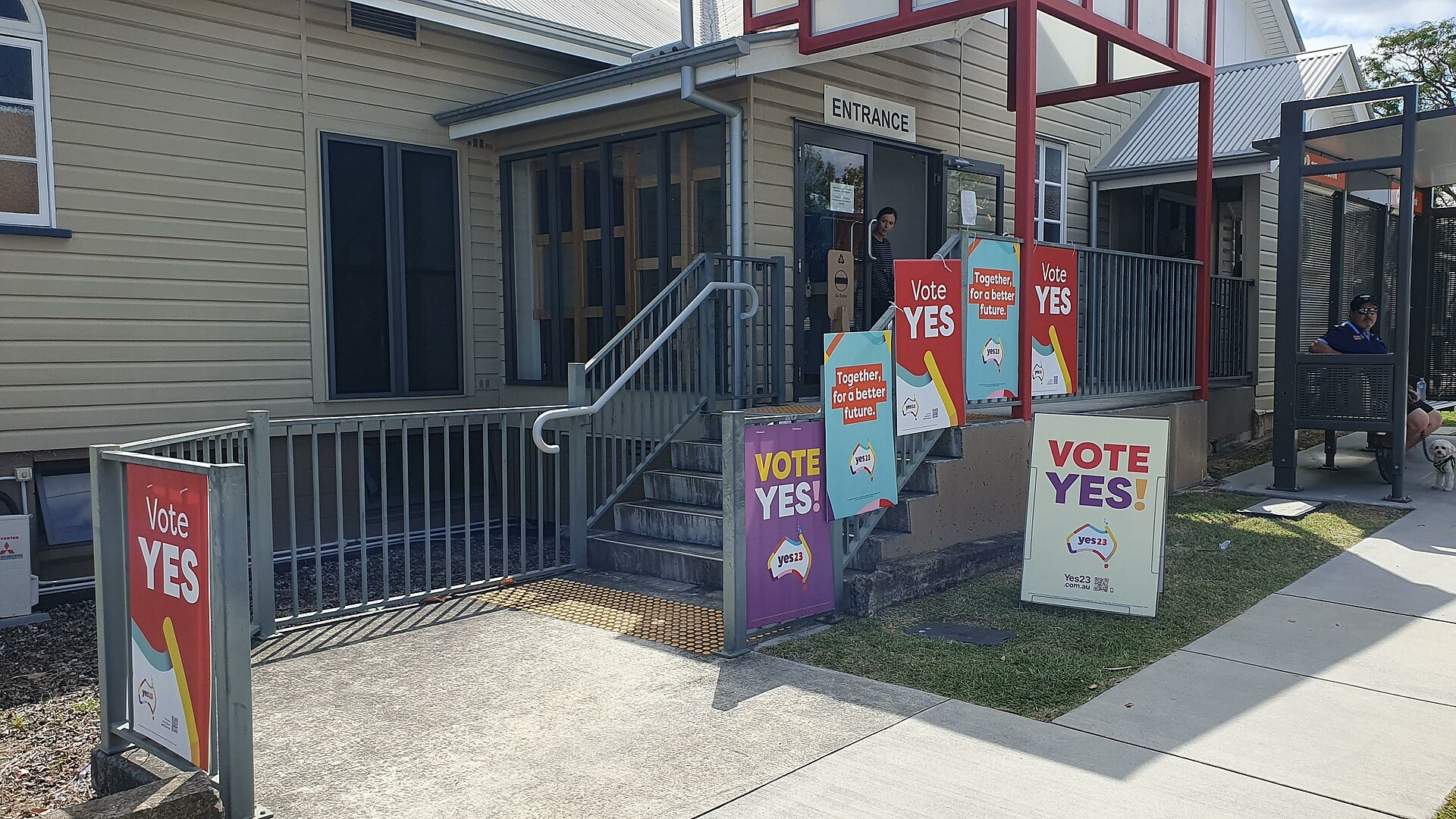
National Identity after the Voice
Beneath the Southern Cross: Looking for Australia in the 21st Century
edited by Peter Kurti
Connor Court, 2024, 225 pages, $29.95
It will be remembered that the Prime Minister saw what was put to the voters as proposing only a “modest” change reversing ancient wrongs. Some of its advocates saw its rejection as a shameful act. There was certainly internal dissent among its advocates in relation to the goals of the Voice, its make-up and its powers. There was also division in the “No” campaign. Some opponents saw the Voice as trivial and valueless in its unexplained vacuity. Other opponents took it much more seriously as a race-based division of citizens giving advantages to some which were denied to others in a way reminiscent of apartheid (though perhaps without Robben Island). Oscar Wilde said that sensible men were all of one religion. Asked what that religion was, he replied: “Sensible men never say.” In Britain, topics like Munich in 1938, Suez in 1956 or Brexit recently, were not topics to be raised unless one wanted to run the risk of a fight. The Voice was a topic of that kind.
Contrary to the Prime Minister’s desires, the Voice campaign was not a “unifying Australian moment”. This state of affairs, and the reasons why it developed, are sketched skilfully by this book’s contributors.
What was the significance of the outcome? That depends on what the outcome was. Kevin Andrews describes the outcome as an “overwhelming rejection”. Wesley Aird terms the defeat “convincing” and “an absolute trouncing”. Some of the contributors draw rather large and optimistic conclusions from these supposed characteristics.
Now, a 60:40 majority is certainly a clear result, much more decisive than the figures one typically sees in the greater complexity of election results. Perhaps it is, as Joseph P. Forgas calls it, an “overwhelming majority of sensible Australians”. But it was a majority compatible with the existence of a very large minority. And one does not know whether the majority largely lacked all conviction by being apathetic and inertly adhering to the status quo. Nor does one know whether the minority were filled with a passionate intensity which will never die. As Wesley Aird points out, the margin of victory was greater than the numbers suggest in view of the disparity in resources between the two campaigns. If it is correct that the “Yes” leaders mishandled the campaign by failing to pay attention to the hard heads who thought that a rather less ambitious goal might have been greeted with a warmer reception, it is difficult to see the result as the basis for definitive conclusions.
Kevin Andrews’s essay expresses hopes for a civilised debate about specific political goals directed to the common good and the encouragement of virtue in the Australian polity.Georgina Downer advocates the articulation of a national identity through public recognition of Australia’s achievements. She does so largely by narrating the history of immigration before, during and after Sir Alexander Downer’s period as Minister for Immigration and High Commissioner to London. It is a moving piece of grand-daughterly piety, but also a useful reminder of the service of the Downer dynasty over four generations, and of other half-forgotten truths. To recollect Sir Alexander’s dignity and dedication to duty is to realise the rarity of those qualities on the modern scene.
Scott Cowdell offers a depressing sketch of the violent discourse between extreme Right and extreme Left which now prevails. He calls for a search by each side for awareness of its follies, to be facilitated by greater tolerance and civility.
Joseph P. Forgas sees events leading up to the referendum as a resurgence in tribalism. He sees it as important to reassert traditional Enlightenment values; to broaden the present focus on Aboriginal disadvantage to a relief of all disadvantage, Aboriginal or non-Aboriginal; to roll back the influence and control of “elite” institutions, suburbs, platforms and corporations, particularly those funded by the taxpayer; and to reform Australian universities. In that last regard, his argument could be extended to a closure of the modern non-private universities and the introduction of state-funded universities on the model that existed in this country until the mid-1960s, leaving it entirely to private initiative, if it is able and willing to do so, to reintroduce the closed-down model—the model pursued by universities which in recent times have witnessed anti-Semitic outrages surpassing, at least in aspiration, those taking place in Nuremburg in the 1930s under the rule of Julius Streicher.
Anne Henderson points out that it is an error to think that the “No” vote was opposed to Aboriginal advancement or Aboriginal recognition in the Constitution. It is more probable that it was opposed to the particular types of “advancement” and “recognition” which were actually offered. She sees that error as reflecting the group-think of some who led the “Yes” campaign—the type of “thinking” which led to the undervaluing and near-cancelling of Joseph Lyons’s long period in office in the 1930s. She also performs an invaluable service by preserving an ABC commentator’s ineffably self-satisfied and pitying remarks on the intellectual handicaps endured by “No” voters, with their need for three jobs and their wretched fate in not having a bachelor’s degree. As Anne Henderson says, that commentary has been much repeated by “Yes” advocates. Compare an aphorism uttered by Ben Chifley (whose savage indignation against the banks, incidentally, one comes to share increasingly, day by day, the more one has to deal with them). The shrewd old former engine driver said that he didn’t mind having more engineers and more doctors and more vets, but he didn’t want any more bloody BA’s.
Sean Jacobs argues that future progress could be achieved by adopting several of the ideas and practices that Neville Bonner pursued in his long, troubled but impressive public career—restoring democratic and civic integrity to rural and remote townships, seeking reconciliation at an individual, not an institutional level, and avoiding the self-pity of victimhood. Wesley Aird submits that the extent of Aboriginal success in modern Australia has been discounted or ignored, and that the way forward is to organise funding by reference not to race but to the particular needs, circumstances and challenges of the people, household or community in question, whether Aboriginal or not. Bess Nungarrayi and Dave Price—the parents of Senator Price—blame the failures of modern policy towards Aborigines on wilful untruths; silence about pre-European practices (such as violence, particularly against females); failure to acknowledge Aboriginal successes and successes in governmental policy; and dragging in irrelevancies (such as the Black Lives Matter campaign). In short, they see the gap being closed by being truthful about all aspects of the past and present. They pay a generous and deserved tribute to Paul Hasluck as “one of the brightest and bravest in the Menzies ministry”.
Suzanne D. Rutland sketches the commonalities and the many contacts between Australian Jewry and Aborigines, and the involvement of Jews in both the “Yes” and “No” cases during the referendum campaign.
Immigration is the theme of a stimulating and well-informed essay by Gary Johns, whose achievements over a long public career are insufficiently praised. It discusses a central question: “Why should Australia invite those unlikely to integrate or, worst, be an enemy?” He is unashamedly integrationist. He points out the propensity of some migrant groups to engage in crime, other migrant groups to have unwelcome loyalties to foreign semi-hostile governments and yet other migrant groups to foster unwelcome hostilities to governments with which Australia has traditionally had friendly relationships.He also examines numerous other questions with a certain blunt courage. He asks two questions expecting the answer “Not at all”—whether the values test for citizenship, and whether the condition that applicants for citizenship must make a reasonable effort to learn English, are “fair dinkum”. He points out that it is easy for one to mouth values-related phrases without understanding them, or, if one does understand them, without actually intending to adhere to them. Further, Johns speaks of the threat of Balkanisation; he does not use the word ghettos but he certainly describes the thing. He also points out that “boat people” are far from being the only, or even the majority of, illegal migrants.
Johns expresses sympathy for the growing stiffness of Dutch language requirements and for their application in the earlier, stages of moving towards citizenship rather than the later. For if little else unites the country, the importance of using a single common language grows. Bearing in mind the large numbers of migrants who come initially as students, one might ask: “Are many of these ‘students’ linguistically ill-equipped for meaningful tertiary education? And are they not simply part of a money-raising racket conducted by universities lacking any bona fide concern for academic excellence?” Australians cannot get into great French universities without a first-rate capacity to understand, speak and write the language of instruction; should not the same be true for the typical Australian university? The fear must be that each question can only be answered “Yes”.
Simon Kennedy argues that the goal must be to ensure that Australia is a fruitful, cohesive and connected society; that this depends on a healthy community life; and that this in turn depends on the foundational autonomous institution—the family. Yet the family is under great and growing pressure. The population has a low fertility rate. The currently high immigration rate creates social instability and a declining community life. He accepts that to reverse this requires Australian women to rediscover the value of motherhood and raise larger families. He summarises various policies which support family formation. But his essay represents one of many examples highlighting the limited role of the state in developing a new national vision.
John Haldane offers a survey of philosophers who have worked in Australia, or who studied in Australia before migrating to more celebrated centres. He concludes by expressing a hope that the qualities of thought inculcated by the best of philosophy will be used in facing future national problems. The survey unaccountably omits the distinguished names of J.L. Mackie and David Armstrong. But he makes one very telling point. Many of the essayists in this book record either their own admiration or the admiration of others for the Australian achievement. This is not always convincing. Thus Haldane notes, with reason, that the Australian love of freedom is put in doubt by the Equal Opportunities (Religious Exemption) Amendment Act 2021 (Vic), “which may be the most substantial restriction on religious faith and morals anywhere in the English-speaking world”. This paradox was alluded to a little earlier in his discussion of John Anderson, Challis Professor of Philosophy at the University of Sydney for thirty-one years. Haldane mentions that Anderson was the apostle of the “Sydney Push”, a group of libertarians and anarchists. This did not stop his preferred teaching method being the very slow dictation in a strong Scottish accent of dogmatic lectures which, it has been said, never varied from year to year. In truth, the Australian attitude to liberty of speech and thought is reminiscent of Dr Johnson’s query about the rebellious American colonists: “Why is it that the loudest yelps for liberty come from the drivers of slaves?”
Finally, Tanveer Ahmed, a psychiatrist, contributes “A Nation Under Therapy?” He does not point to any solution to present difficulties. He does, however, isolate chilling new sources of difficulty. He sees “so many sections of society now more intent on moralising and wading in the solidarity of indignation than on focusing on actual positive outcomes”. In his work he sees “the huge numbers now incentivised to seek a disability for both monetary and cultural solace”. He predicts that it may “dominate not just the Budget but … the culture”. He says:
in the course of seeking therapeutic solutions to the lives of its citizens, Australia may lead the world in both the gentrification of disability and the desire for people to use psychiatric labels to give meaning to the challenges in their lives in the absence of explanatory existential or spiritual language.
These essays possess liveliness and vitality. They stimulate thought. Taken together, they overrate the achievements of Australia and the joys of modern Australian life. They correct an unduly pessimistic view of race relations here. They are strong on diagnosis. They are a little over-optimistic on prognosis and cure. Perhaps that is because, to the limited extent to which governments could help, they are under huge pressure not to, and their members are drawn from parties which have largely slumped into a Tammany Hall ethos. Some of the essayists allude to the virtues of hard work, postponement of gratification, unified families, disciplined children, strong self-governing local communities, and a preference for tradition over feverish change labelled “progress”. These are aspirations beyond government assistance. Their development or revival depend on the operation of imponderable forces moving slowly in response to very harsh lessons. Some of those lessons can be found in these essays.
Dyson Heydon is a former judge of the High Court of Australia
I enjoyed the Voice losers’ silence. Their embarrassment was even more delicious
Sep 29 2024
13 mins
Three books remind us the poet's purpose is not to lecture, but to make us think about life
Sep 29 2024
9 mins
The Cancer Finishing School is essentially 'serious', also unfailingly witty and anecdotal
Sep 29 2024
7 mins
